A November Herb walk
An herb walk in November? Yes! Herbs are available year-round when you know where to look, although, it is true that late fall or early winter may not be the best time to gather. The plants may not be at their peak potency. Yet, they are here when we need them, and in a pinch will work fine. Gaia, Mother Goddess, of the Earth, offers her bounty year-round. I am eternally grateful and in awe of the diversity and connectedness around us.
The other day I took a lovely walk. Below are some of the herbs I found not far from the house.
Pinion Pine (Pinus spp.)
Pine grows just about everywhere. And although there are many different species depending on where you live, they are all pretty much used interchangeably.
The whole plant has a warming and stimulating energy, with most parts providing useful food and medicine. Pine needles, sap or pitch, and inner bark are antiseptic, expectorant, and tonic. An infusion of the needles makes a nice tasting tea and is high in vitamin A and C that are useful for the respiratory and urinary systems. The pitch (or sticky sap inside the bark and wood or found dripping on the outside bark) and the bark may also be used. Preparations using the bark and sap tend to have a more stimulating action.
A steam inhalation may be made by placing pine needles or bark in boiling water for a few minutes and inhaling the steam to remove both sinus and lung congestion. Both the tea and inhalations are useful for urinary infections, sinus congestion, coughs, colds, bronchitis, and pneumonia. Add the infusion to your bath to help relieve breathing difficulties, skin complaints, and rheumatic pain. I like to infuse the dried needles and inner bark in olive and caster oils, along with other herbs for use as a decongestant.
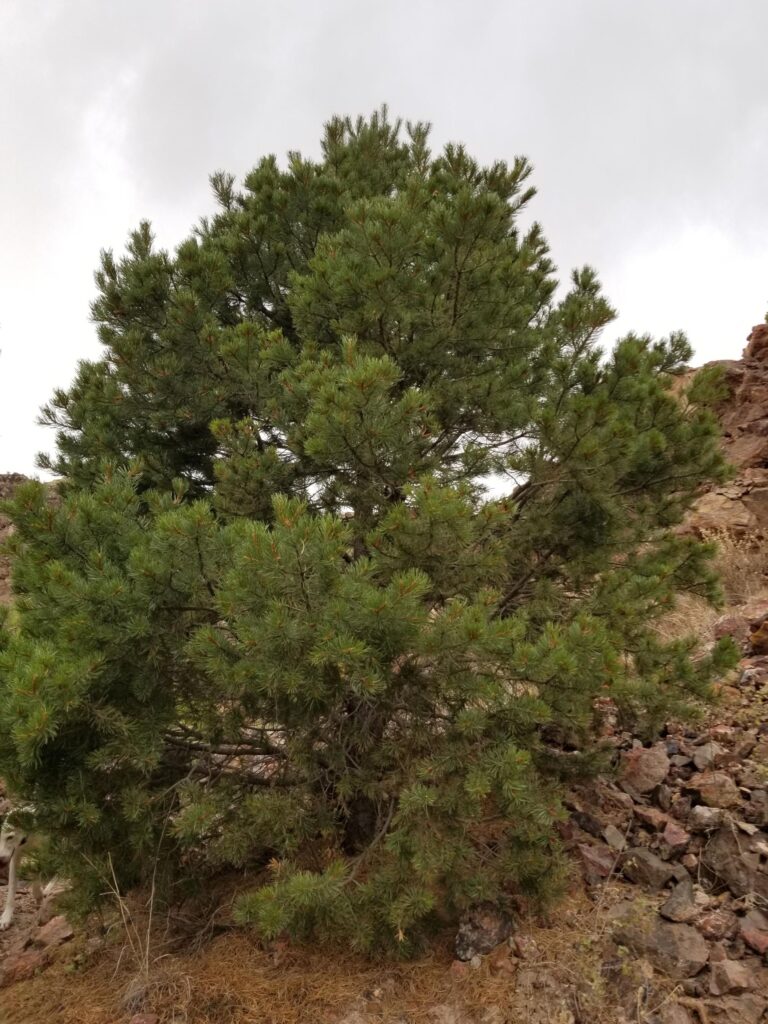
Typically, the bark is warmer and more stimulating than the needles. When a light touch is needed, use the needles. When the problem has become more problematic, use the inner bark. The pitch can be chewed raw for a lovely expectorant and decongestant action.
White Horehound (Marrubium Vulgare)
Horehound is specific for dry coughs, respiratory infections and conditions like laryngitis, bronchitis, chronic cough, sore throat, and sinusitis. It also helps lower a fever. White Horehound helps regulate the urinary system, encouraging proper fluid circulation. As a bitter, simulant and digestive herb, it is often used to help relieve upset stomach, heart burn, difficult digestion and to improve the appetite.
Horehound is not appropriate for pregnant women, as it promotes menstruation and helps expel the afterbirth.
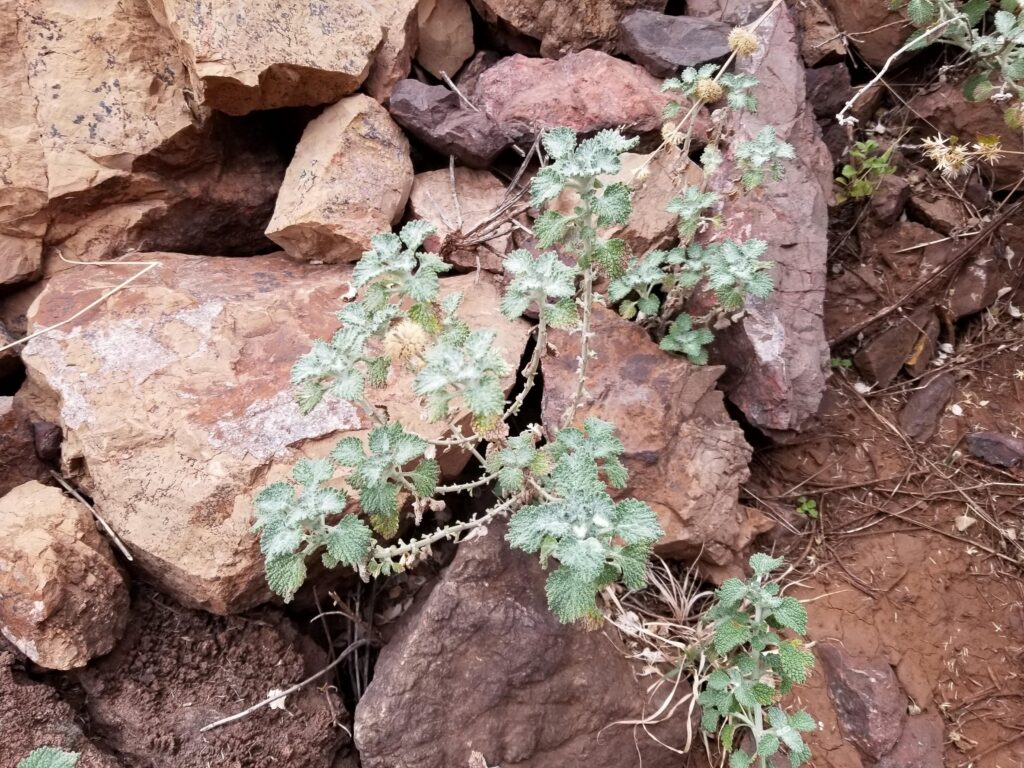
Usnea (Usnea spp.) –
There are many varieties of Usnea growing all over the continental United States. If you live anywhere pine grows, you probably have this little lichen close at hand.
Usnea has a special affinity for rebalancing bacteria and eradicating infection throughout the mucus membranes, from mouth to lungs and from the gut to urinary tract. Usnea stimulates the immune system as it restores energy. It is especially useful for chronic conditions that create fatigue and weakness. Usnea works as a relaxing expectorant, bronchial dilator, lymphagogue and broad spectrum anti-infective. A gift for those with signs of infection in the lungs and bronchial area especially in these days of COVID-19.
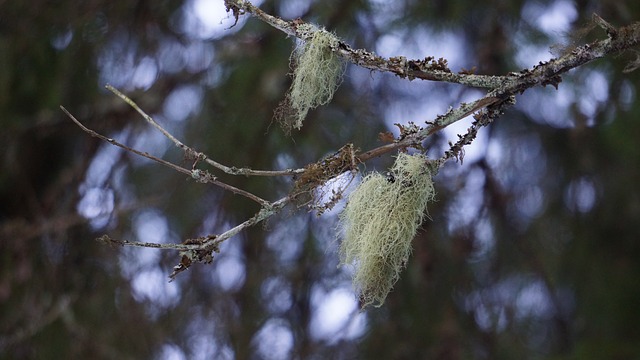
With a cooling and drying energy, Usnea is best taken as a tincture for the protection of mucus membranes. In formula Usnea combines well with Echinacea, Pine, Grindelia, Horehound and Mullein for respiratory illness.
Externally, use Usnea as an anti-bacterial and anti-infective wound healer, well applied as a poultice, wash, or oil.
Mullein (Verbascum Thapsus)
Mullein (Verbascum Thapsus) – Mullein leaves are used to relieve dry, unproductive coughs and to help protect respiratory cilia (The small hair-like protrusions in the lungs that move debris up and out of the respiratory system). Mullein tea, made by steeping the leaves in boiling water for 10 – 20 minutes, has a lightly relaxing expectorant action. This herb is perfectly suited for treating dry, spasmodic coughing and asthma. It also brings a soothing, moistening sense of relief to upper respiratory irritation.
To learn more information about Mullein and how to use it to enhance health read “An Herbal Interlude with Mullein”.
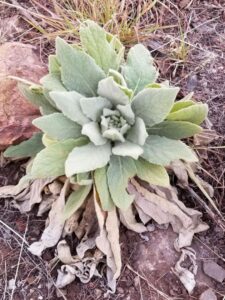
Alligator Juniper (Juniperus deppeana) and other spp.
Most Junipers are easily interchangeable. The berry and leaf are the parts used most often, yet the twigs and inner bark can also be used. Juniper is an important natural medicine to cleanse and strengthen the kidneys. Having the power to tone, invigorate and activate, juniper is mainly used when its cleansing abilities are needed by those who have become too damp or congested. Look for a coating on the tongue along with symptoms such as water retention, and a dull, heavy ache in their bodies. Many who would benefit from juniper also suffer from unhealthy skin conditions like psoriasis, eczema, or acne.
Juniper is used in the treatment of chronic and sub-acute infections of the urinary system and kidneys and as a decongestant for the lymph and lungs. Richard Whelan, Medical Herbalist, describes a system-wide cleanse using a combination of celandine tincture and ripe juniper berries. The cleanse is best used when a deep cleansing action is needed. Here is his website for more information.
The Berry is more heating and activating than the leaf as it contains more essential oils. Care should be taken to harvest only ripe berries (that is when there color is dark blue) for use as medicine. The leaf is more astringent. Internally Juniper can be taken as a tea or tincture (around 2-4 milliliters per day in divided doses). The raw berries can be chewed slowly, keeping them in your mouth as long as possible before swallowing to extract as much of the essential oils as possible.
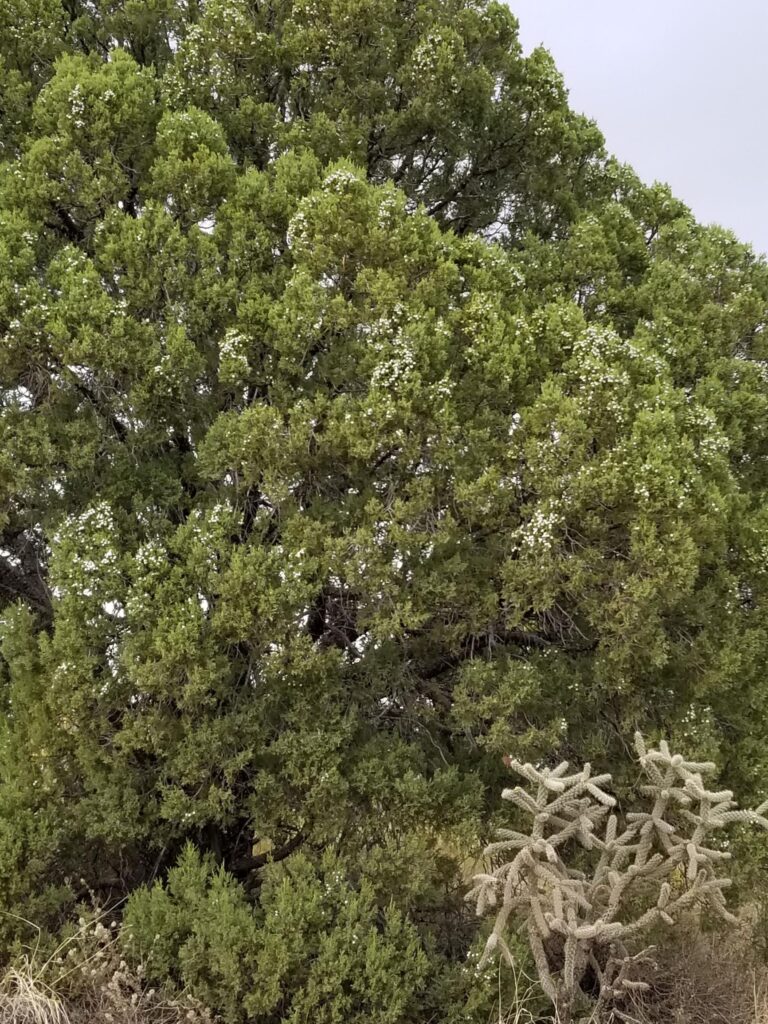
Scrub Oak (Quercus turbinella) and other species
All Oaks are used pretty much the same, as a basic astringent. Astringent herbs contract or tighten tissue. They are helpful when the tissue is overly relaxed and can help reduce secretions and discharges. Michael Moore, the herbalist, writes in his book Medicinal Plants of the Mountain West, “A tea of the bark can be used as a wash for gum inflammations, as a gargle for sore throat and as an intestinal tonic for diarrhea.”
All parts of the oak are useful in first aid when an astringent is needed. It helps dry dampness, heals damaged tissues, and can slow or stop both external and internal bleeding. Its high tannin content binds with proteins in the tissues making them less permeable to infection. Oakbark, leaves and the gall (small round growths in the bark made by insects) are useful to reduce inflammations and to help tighten and heal scrapes, cuts and wounds. The leaves can be chewed an applied to relieve insect bites or placed in the mouth for minor tooth aches.
For internal use It is best used as a cold infusion and as a tincture in formula.
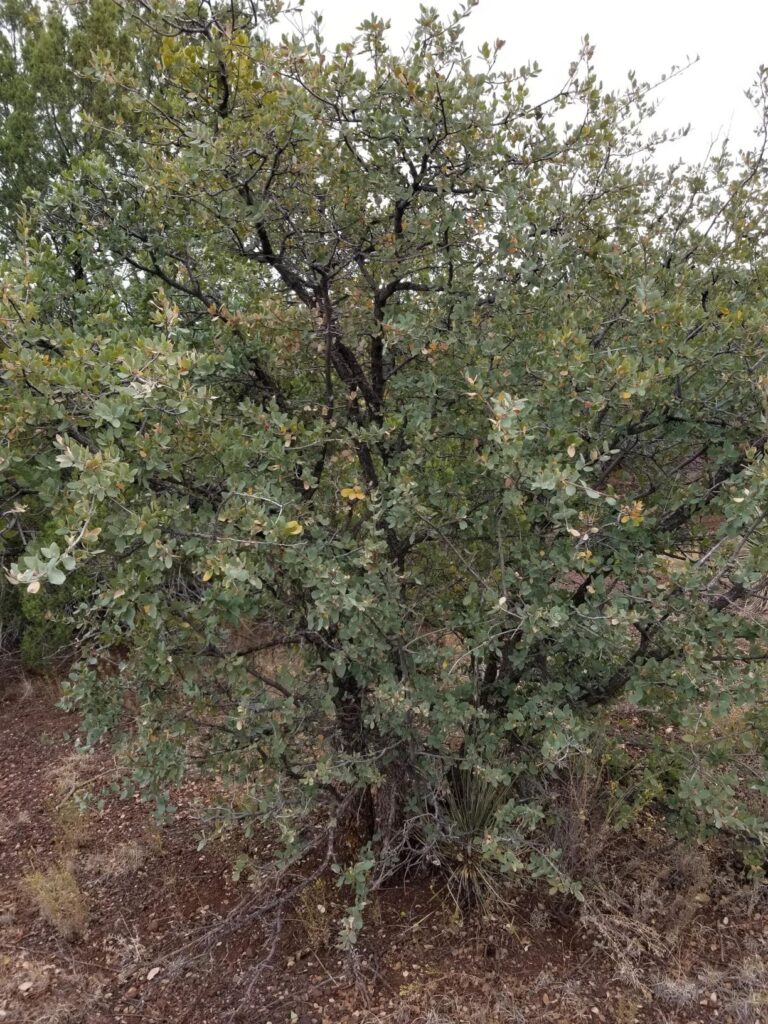
Prickly Pear Cactus (Opuntia spp.)
This time of year, the most useful part of the Prickly Pear is the inner fillet of the cactus pad. To harvest this prickly friend, spear the pad of the cactus with a stick or knife. Then hold it down on a rock and scrape off the prickles, both large and small. The inner flesh can be used raw or processed after skinning. Or, depending on the use, the juice can be extracted by chopping the pad, skin and all. Cover the chopped cactus pad in water and let sit for an hour or more. Then slowly simmer the water and the pad, over very low heat for about an hour. Strain. The resulting juice can be used internally and externally much the same as Aloe Vera.
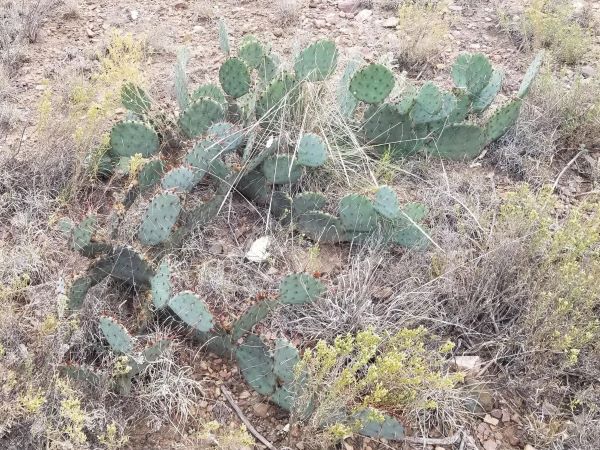
The inner fillet of the Prickly Pear works well as a vulnerary and mucosal vulnerary to heal, soothe, and protect our skin, inside and out. A slurry can be made by putting the skinned or de-spined cactus pads into the blender. Blend until the mixture is smooth and frothy. This “slurry” is wonderful to apply externally as a poultice, or to apply straight, for irritated skin of all kinds. Taken internally, the native peoples of the Southwest used a slurry of the fillet to control Type 2 diabetes and help resolve digestive issues related to excess heat.
When we take the time to look around, we see that all we need is always provided. What plants do you see on your walk? I would love to hear about what you have growing, even in the winter, in your neck of the woods.
Thanks for reading
Many Blessings
Annie
Further Reading
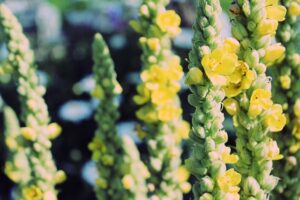
An Herbal Interlude with Common Mullein
Common Mullein (Verbascum Thapsus) Family –Scrophulariaceae or the figwort family Table of Contents My friendly Mullein Rant Common Mullein is one of the top 10

Fever from an herbalists perspective
Hello Plant Friends, For the past few weeks, we’ve been talking about the COVID-19 virus. Focusing on symptoms, stages of progression and treatment strategies. This
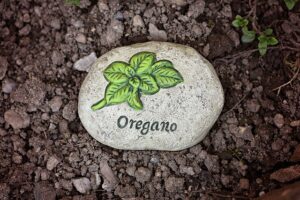
An Herbal Interlude with Oregano
Oregano (Origanum vulgar) Table of Contents Family – Labiatae or the Mint Family About Oregano Common Garden Oregano is an easy to grow addition to any

The Benefits of Mantra and Chanting
The practice of mantra and chanting is experiencing a new popularity in modern spiritual and yoga practices today. But they are not new. Mantra and

Healing the causes of suffering – A four-step model for healing
Yoga Therapy as a Healing Modality Offerings like “Yoga for Back Pain” and “Yoga for Stress Relief” are common, and seemingly increasing every day. But
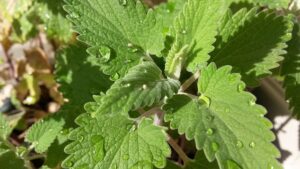
An Herbal Interlude with Catnip
Catnip – Nepeta cataria Family – Lamiaceae, the mint family Table of Contents Common Names Catnip is also commonly called Catmint, Catswort, Catnep, and Field
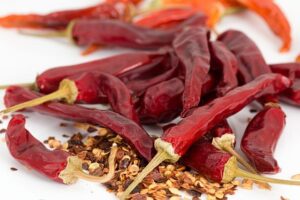
Natural Solutions for Shingles
Dear Annie, I have shingles; it is painful. Is there anything that can help? OH, Dear Friend, I’m so sorry. Shingles can be very painful.
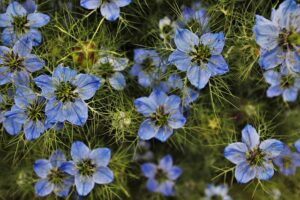
An Herbal Interlude with Black Cumin (Nigella sativa)
Black Cumin (Nigella sativa) Family – Ranunculaceae or Buttercup family Black Cumin is an AMAZING herb. I became aware of it only recently during my
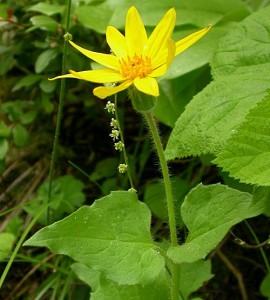
An Herbal Interlude With Arnica
Arnica Botanical Names Arnica cordifolia, A. chamissonis, A. montana, and others More years ago than I can count, Arnica was one of the first plants
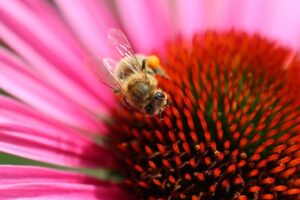
Bee Stings and Bug Bites
This summer my family has been hanging out in the pool almost every day. It’s a small pool, but big enough to float around and

Natural Solutions for Peripheral Edema
Dear Annie, do you have any ideas about using natural solutions for peripheral edema or swelling in the legs? I have edema in my left
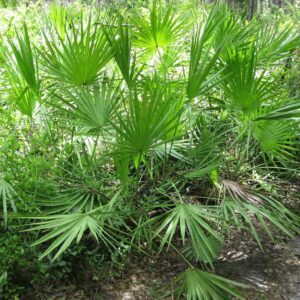
An Herbal Interlude with Saw Palmetto
Saw Palmetto is the gold standard for male reproductive issues. It also has affinities for the respiratory, digestive, immune and the genitourinary system.

Benign Prostatic Hyperplasia (BPH)
Benign Prostatic Hyperplasia (BPH) is a chronic condition that affects 50-60% of all men over the age of 60. The good news is that Men have been successfully using herbs and yoga therapy to manage the problem for well, almost ever.
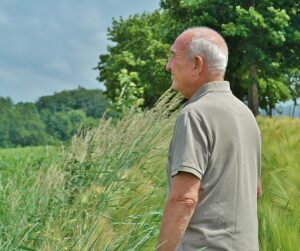
Prostate Enlargement with High PSA Levels
Dear Annie – Can you offer any direction for prostate enlargement with high PSA Levels? I am a 70-year old man and have been going

Natural Treatments for Giardia
Natural treatments for giardia involve a multi-dimensional approach. First we must stop the parasites growth, next we’ll want to support gut health and more
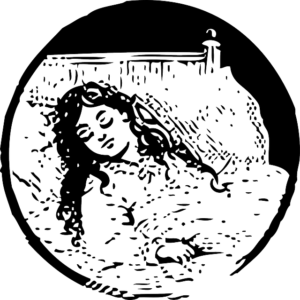
COVID19 Closing of the Lungs
The next stage of illness is called COVID19 Closing of the lungs or the Plague Closes the Lungs. Yuck! And that pretty much sums it

Prevention of COVID-19 from an Herbalist Perspective
Using foods and herbs as prevention strategies, we want to focus on a healthy lifestyle and strengthening our bodies natural built-in defenses.

Herbal/Drug Interactions and Blood Thinning Medications
Dear Annie, I am at a loss since I began taking blood thinners last year. I love all my herbs and essential oils, but have been cautioned by my pharmacist not to use them. Please tell me more about the interactions between herbs and blood thinning medications.

Natural Solutions for Acid Reflux and GERD
Over 60 million Americans experience acid reflux (also known as heartburn) at least once a month. Some studies suggest that more than 15 million Americans, or about 18% to 27% of the total population, experience heartburn symptoms daily.

Urinary Infections in Dogs
Herbs that may help prevent urinary infections in dogs, as a side benefit, may also help with urinary incontinence and tone the colon wall.

Erectile Dysfunction Following Prostate Surgery
Dear Annie, I had my prostate removed due to cancer about 8 months ago and am now having problems with intimacy. Would a testosterone booster help? Any other ideas?
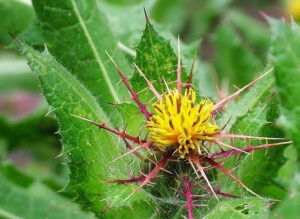
An Herbal Interlude with Blessed Thistle
Blessed Thistle was considered a heal-all in medieval Europe where it was used as a primary treatment for the bubonic plague. Today it’s used to improve digestion and to treat liver and stomach problems.
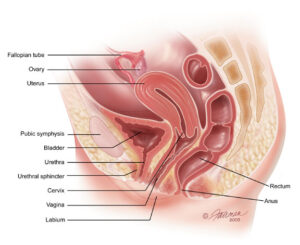
Natural Solutions for Abdominal Organ Prolapse
Dear Annie, I was diagnosed with bladder prolapse. The doctor recommends surgery. I’d like to avoid surgery. Is there anything I can do?
Thank you, this is a great question. There are several natural solutions that can help reduce symptoms and support the abdominal region and pelvic floor.

Natural Solutions for Hair Health
Dear Annie, What would you suggest I look for in a hair serum to promote scalp, Hair health and growth? Since the birth of my son 5 years ago, I’ve noticed my hair thinning. I don’t feel like I’m losing my hair but notice a lot on my brush and it feels like my hair is thinner.
The consistency of hair can often change at different times in life and is often connected to a major life change, like having children, menopause, age or illness. Hair (all over our body) is linked to the health of the entire system and is an indicator of your overall state of health.
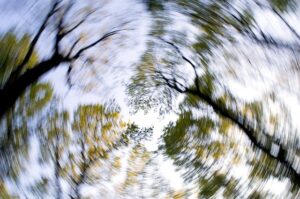
Natural Solutions for Vertigo
Dear Annie, do you know of any natural solutions to help relieve vertigo? It started over a year ago, but I’ve had very few episodes until recently. Its miserable. A few times now, I’ve been so dizzy; I get nauseous. My ears ring “normally” yet a few hours before the onset of a vertigo episode, my left ear rings louder.
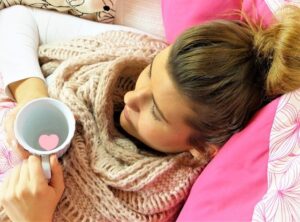
The Early Stage of COVID-19, Active Infection
The Early Stage of COVID-19 from an herbalists perspective Hello My Friends, It is with an open heart and best wishes to each and everyone
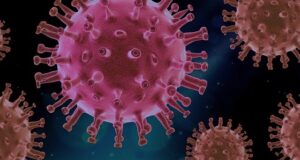
COVID19 from an Herbalists Perspective
Hello Friends, The last two weeks would have been unimaginable only months ago. The thought of a pandemic used to be reserved for conspiracy theorists
References
https://www.rjwhelan.co.nz/herbs%20A-Z/juniper_and_celandine_cleanse.html
Moore, Michael; Medicinal Plants of the mountain west, Museum of New Mexico Press, Santa Fe, Nm. 2003
Coffman, Sam; The herbal Medic, The Human Path, San Antonio, Tx. 2014
Disclaimers
The statements and ideas presented here are not intended to diagnose, treat, cure, or prevent any disease or condition. They have not been evaluated by the FDA. All ideas presented are for the sole purpose of education. To help you take control of your own health. If you have a health concern or condition, consult a physician. We suggest that you always consult a medical doctor before modifying your diet, using any new product, drug, supplement, or doing any new exercises.
These statements and products have not been evaluated by the FDA. They are not intended to diagnose, treat, cure, or prevent any disease or condition. If you have a health concern or condition, consult a physician. Always consult a medical doctor before modifying your diet, using any new product, drug, supplement, or doing any new exercises.
Herbs taken for health purposes should be treated with the same care as medicine. Herbal remedies are no substitute for a healthy diet and lifestyle. If you are serious about good health, you’ll want to combine diet, exercise, herbals, a good relationship with your doctor and a generally healthy lifestyle. No one of these will do it alone.
This information is designed to be used as part of a complete health plan. No products are intended to replace your doctor’s care, or to supersede any of his/her advice or prescriptions.

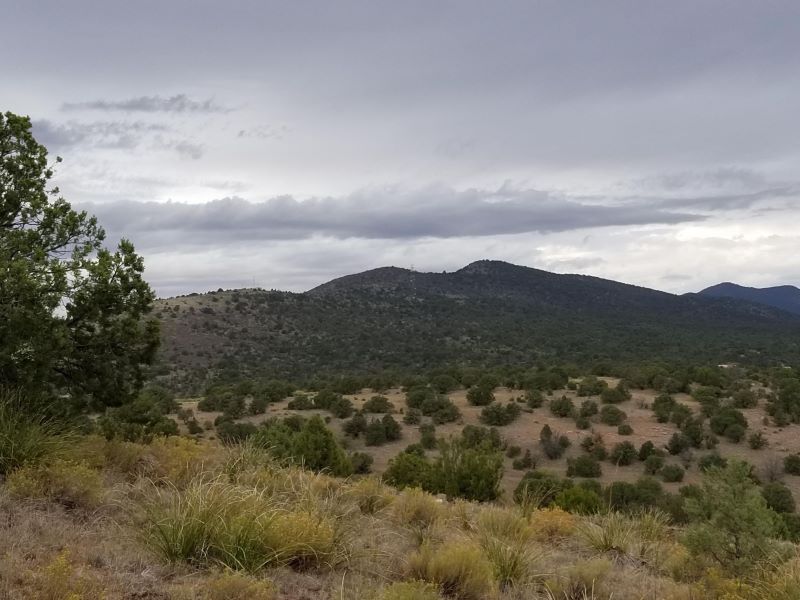
I think this is a real great blog. Really thank you! Fantastic. Tawnya Thorin Lee
Thank you for your kind words.
I blog often and I really appreciate your information. This article has really peaked my interest. I will book mark your website and keep checking for new details about once per week. I opted in for your Feed too. Max Brent Attlee
Thank you, so glad you liked it. Do you have a website or blog? I would love to look at it.